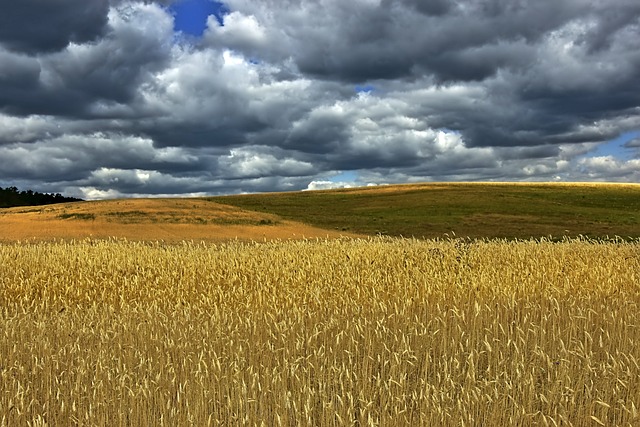April 24, 2024
By Ben Palen, Ag Management Partners LLC
The work week ended with an extremely sobering read. A brilliant article by Carl Zulauf from Ohio State University, and the University of Illinois’s Gary Schnitkey, Joana Colussi, and Nick Paulson, which was just published in farmdocdaily, notes that “the world has added 398 million harvested acres of feed grains, food grains, and oilseeds during the 21st Century.”
Sixty-two percent of those acres were in tropical countries. In sharp contrast, the U.S. harvested 4 million fewer acres of those crops during the same period.
Recently, I wrote an article about the conundrum that we face in U.S. agriculture today. While my article did not go into the level of detail that is featured in the noted essay, one of the main points that I made was that part of the DNA of a farmer is to produce, produce, produce. Without a thoughtful and long-term view of the situation, that approach can become a race to the bottom. For instance, we are now seeing hints that corn prices could fall to half of the levels that we saw just a couple of years ago. Production costs have gone the other way. The price and cost trends are also apparent for many other crops.
The professors’ article notes that U.S. agriculture faces “key strategic disadvantages” unless it “reinvents its production of crops”. It is not entirely clear — at least to me — what that means with respect to “production”.
What is clear is that new demand must be created for U.S. crops. That would be some combination of new uses and new users. It is also clear to me that government policy must encourage new uses and users. While it is all well and good for farmers to want minimal government interference in their businesses, the cold, hard reality is that government policies, in my view, are critical to addressing this vital issue. This goes well beyond the ability of an individual farmer, or even a growers’ association, to have an impact on. For instance, there has been much fanfare about low carbon corn and the tax credits for ethanol refiners who buy corn with a CI (Carbon Intensity) score below a certain benchmark. That came about via the Inflation Reduction Act. Similarly, there is a role for government to play in encouraging the production of sustainable aviation fuel.
We have created the equivalent of a production “monster”. A reckoning is coming as there is not much point to producing a crop that is unprofitable. It goes without saying that the production/profitability factors are not unique to the U.S. While the expanded acres in other areas of the world are enormous, what is not addressed, at least from published information, is the extent to which those acres are profitable. There comes a point where financial reality comes into play – regardless of the locations or the growers. This has echoes of the “resetting” in agriculture about which I have written over the past year.
As noted above, huge advances have been made in agricultural technology in the past 20 years. Look at where we are today. Yields for most crops have trended higher, but so have production costs. And here we are – not competitive in many of the world’s markets and staring into the face of this massive glut of new acres that have come into the picture.
How to make sense of it all? As I have noted, agriculture in the U.S. needs a shift in focus. The adjustment will be challenging for many sectors. I think that we have gotten ahead of ourselves in some respects. Some might say that the cure for over production is over production. I think that the solution goes beyond that contention. Others might argue that the world is one weather disaster away in a major crop producing region from a turn around for this dilemma. If only the solutions were that easy……
This is the issue of our time.
ABOUT THE AUTHOR:
Ben Palen is a fifth generation farmer with experience in many aspects of agriculture, including projects in the United States, Africa, and the Middle East. The focus on all projects is sustainable practices based on a mix of boots on the ground work and selected use of agtech tools.
*The content put forth by Global AgInvesting News and its parent company HighQuest Partners is intended to be used and must be used for informational purposes only. All information or other material herein is not to be construed as legal, tax, investment, financial, or other advice. Global AgInvesting and HighQuest Partners are not a fiduciary in any manner, and the reader assumes the sole responsibility of evaluating the merits and risks associated with the use of any information or other content on this site.

Let GAI News inform your engagement in the agriculture sector.
GAI News provides crucial and timely news and insight to help you stay ahead of critical agricultural trends through free delivery of two weekly newsletters, Ag Investing Weekly and AgTech Intel.




